Since you usually wear shoes when you walk outside, you probably don’t spend much time thinking about how hot the ground is. Unfortunately, your dog likely doesn’t wear shoes when you walk outside and can burn his paw pads on hot asphalt. Watching your dog limp around the house because you weren’t mindful of their needs is something no dog owner would ever want, so here are 6 summertime tips to keep your dog’s paws safe.
#1 – Walk your dog in the morning and late evening
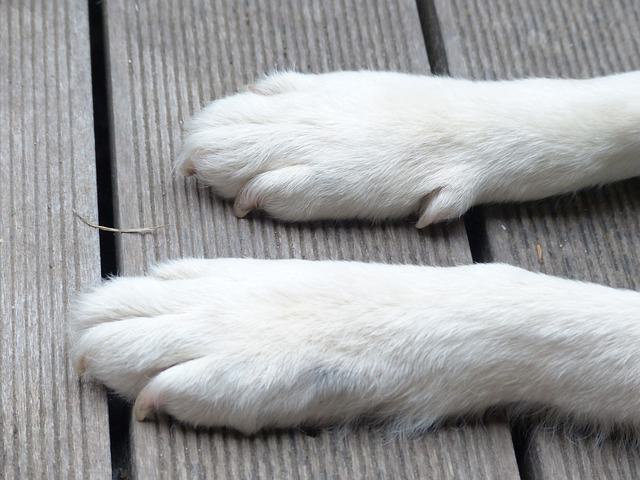
As much as possible, try to avoid walking your dog during the hottest part of the day. Asphalt will be coolest first thing in the morning, but it should cool down enough to walk safely on most evenings.
#2 – Walk in the grass
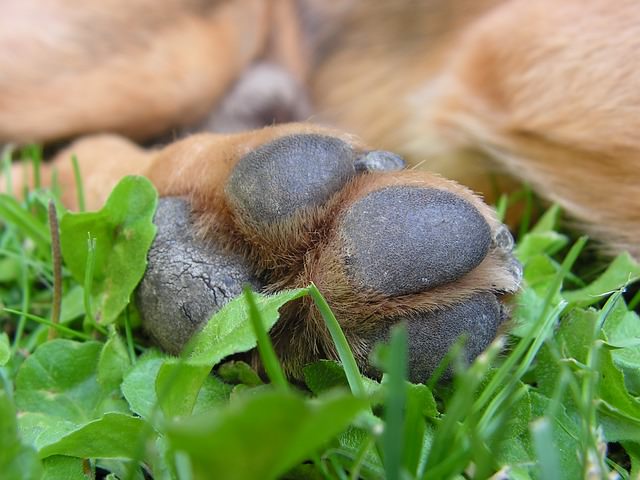
If you must walk your dog when it’s very hot out, do them a favor and walk through the grass of a park instead of down the steaming sidewalk. Your pup’s paw pads will thank you for this small consideration!
Related: What is Dog Paw Hyperkeratosis aka “Hairy Dog Paws”?
#3 – Toughen your dog’s paws

When it’s not too hot out, walking your dog on asphalt and pavement will help toughen up your dog’s paw pads and make them more resistant to burns and scratches. This will take time, but it’s never a bad idea to start giving them built-in paw protection.
#4 – Use paw wax
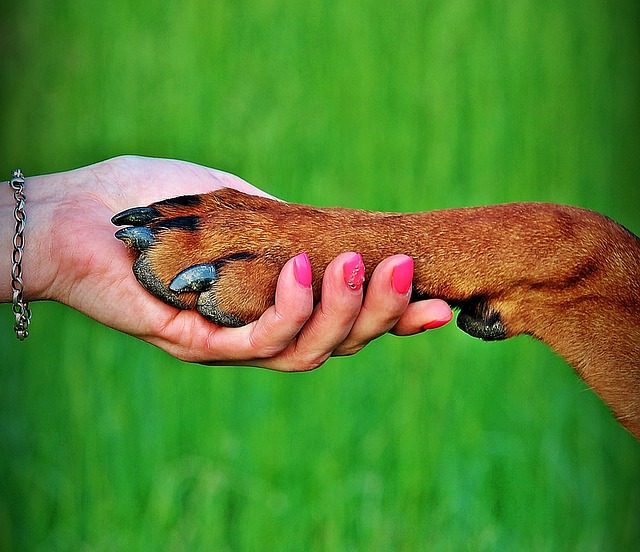
Applying paw wax to a dog’s feet before a walk helps protect their pads from heat, gravel, sand, chemicals, and more. Since many dogs refuse to wear shoes, paw wax can be a great way to help protect their feet.
#5 – Try dog shoes
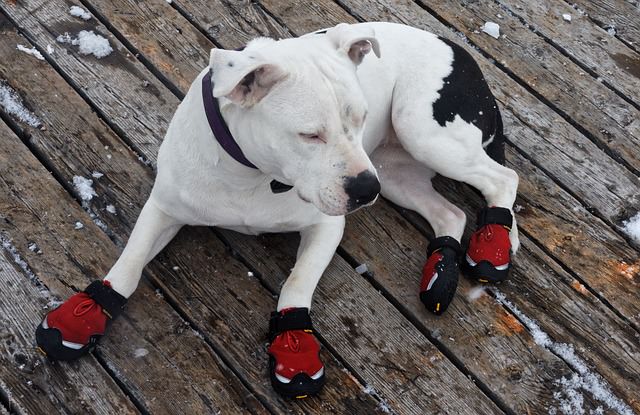
Most dogs that try booties hate them at first, and some may never get used to them. For dogs who learn to tolerate them, booties are the best way to protect your dog’s feet from just about anything nature – or mankind – can throw at them. Shoes with rubber or neoprene soles are best.
#6 – Check and clean your dog’s paws
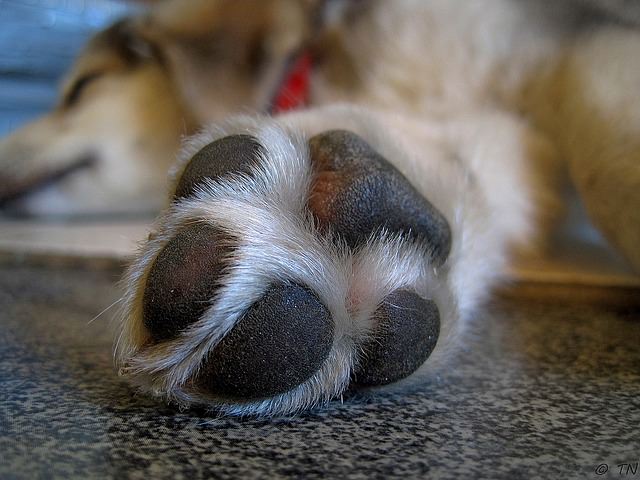
It’s a good idea to check your dog’s paws after every walk. You never know when you’ll find an embedded thorn or gravel or discover a blister. These wounds are much easier to address when they are fresh. Letting your dog lick a wound for several days will only cause a much worse infection.
(H/T: Pets Lady)
 Toledo, United States.
Toledo, United States.